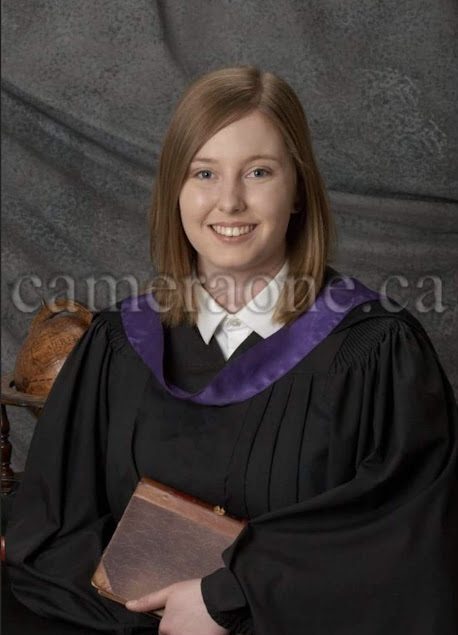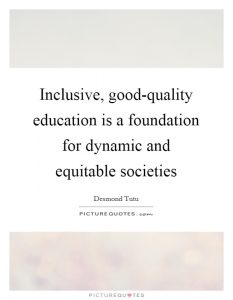Before I began my educational journey, I was unfamiliar with the different branches of philosophy that teachers and schools may choose to adopt. Due to my unfamiliarity with these concepts, I did not have a teaching philosophy of my own. From chapter readings and our in-class lecture I have been able to reflect on the type of teacher I aspire to be. I spent time reflecting on the textbook information which has guided me towards my own philosophy of teaching. This philosophy may not follow me my entire career, but it is a starting point for me as a future educator. Personally, I believe that the primary aim of education differs from student to student and with age. Essentialism allows students to learn basic skills that will help them in their future educational career. In addition, taking a look from an inclusion lens, students who experience exceptionalities may want to set goals that are unique to them. These goals will hopefully help them as they carry on through school or after they have graduated; this could include being able to express their needs to an employer when they seek employment or money management without having to depend on their parents. In the case of any student, education should aim to develop problem-solving skills (progressivism) that will guide them towards making our society a just one (social reconstructionism).
Currently, for me it is difficult to know what classroom management techniques should be incorporated into the classroom, it varies greatly from student to student and class to class. However, all students should be taught the importance of being responsible for their actions (social reconstructionism) and learning how to make decisions based on consequences (progressivism). I appreciate that the content from the textbook and our in-class discussions has improved my knowledge of what it means to be a teacher and the methods one can use in the classroom to foster growth. Without ECS 100, I most likely would not be able to say that I am in touch with these philosophies.

